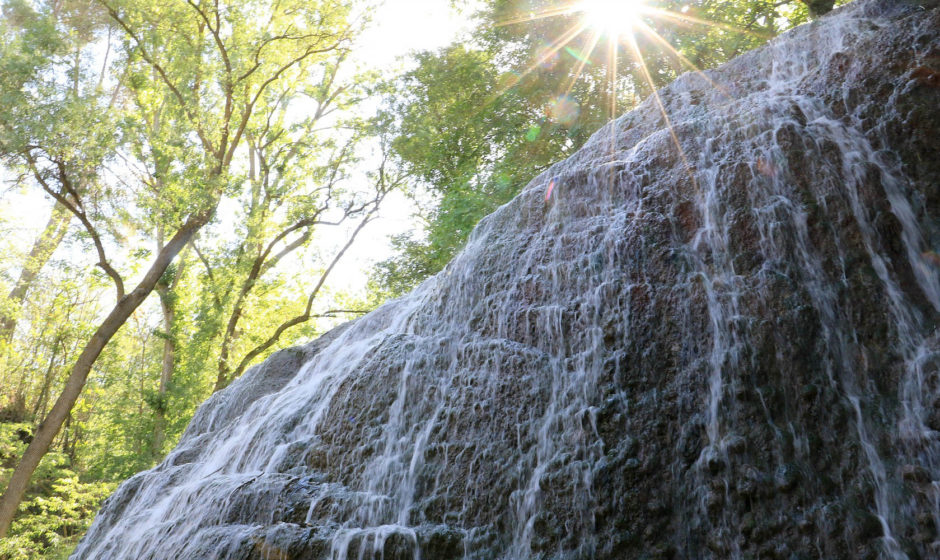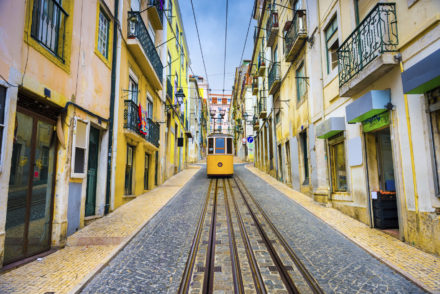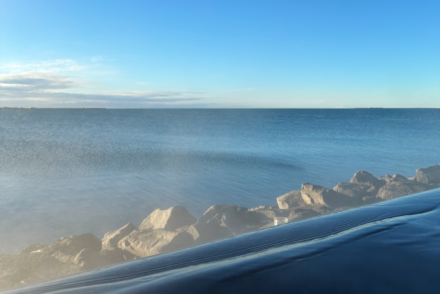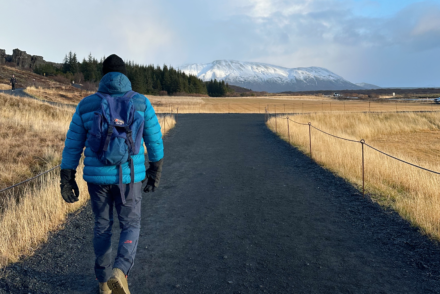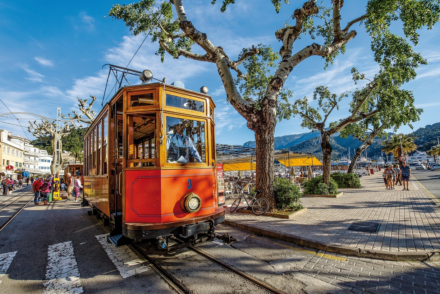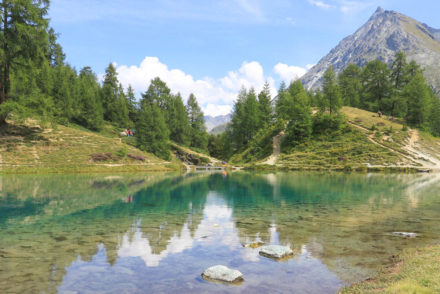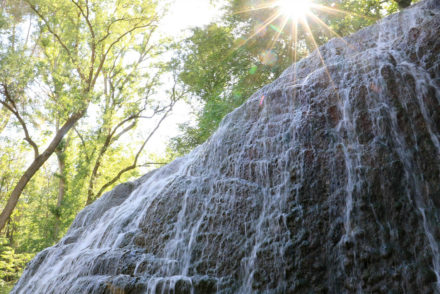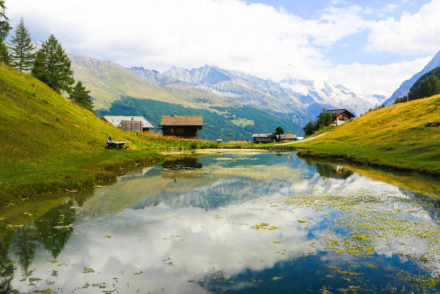Imagine staying in a 13th-century monastery where Cisterian monks lived for hundreds of years? That’s exactly what a small group of us did when we discovered the Aragon region in northeasterly Spain. We explored Huesca in the foothills of the Pyrenees and the Teruel region provided us with distinct Mudéjar architecture and gothic-style buildings. But in Nuévalos, part of the Zaragoza province, we got to experience the Monasterio de Piedra, its exquisite gardens and spectacular birds of prey display.
Monasterio de Piedra was originally a fort until it was conquered by Alfonso II. He handed it over to the monks of Poblet to found a Cistercian monastery. The Monastery was built during the transition from Romanesque to Gothic and the monks lived there for over 600 years.
The 13th-century walls of the monastery that still remain demonstrate the characteristics of Cistercian architecture having been consecrated in 1218. The church and its cloister are the focal point with the likes of the Chapter Hall, Baroque altar, Abbey Church, monks kitchen and Calefactory visible. These monuments bring together styles from the Gothic to the Baroque including Mudejar and Renaissance.
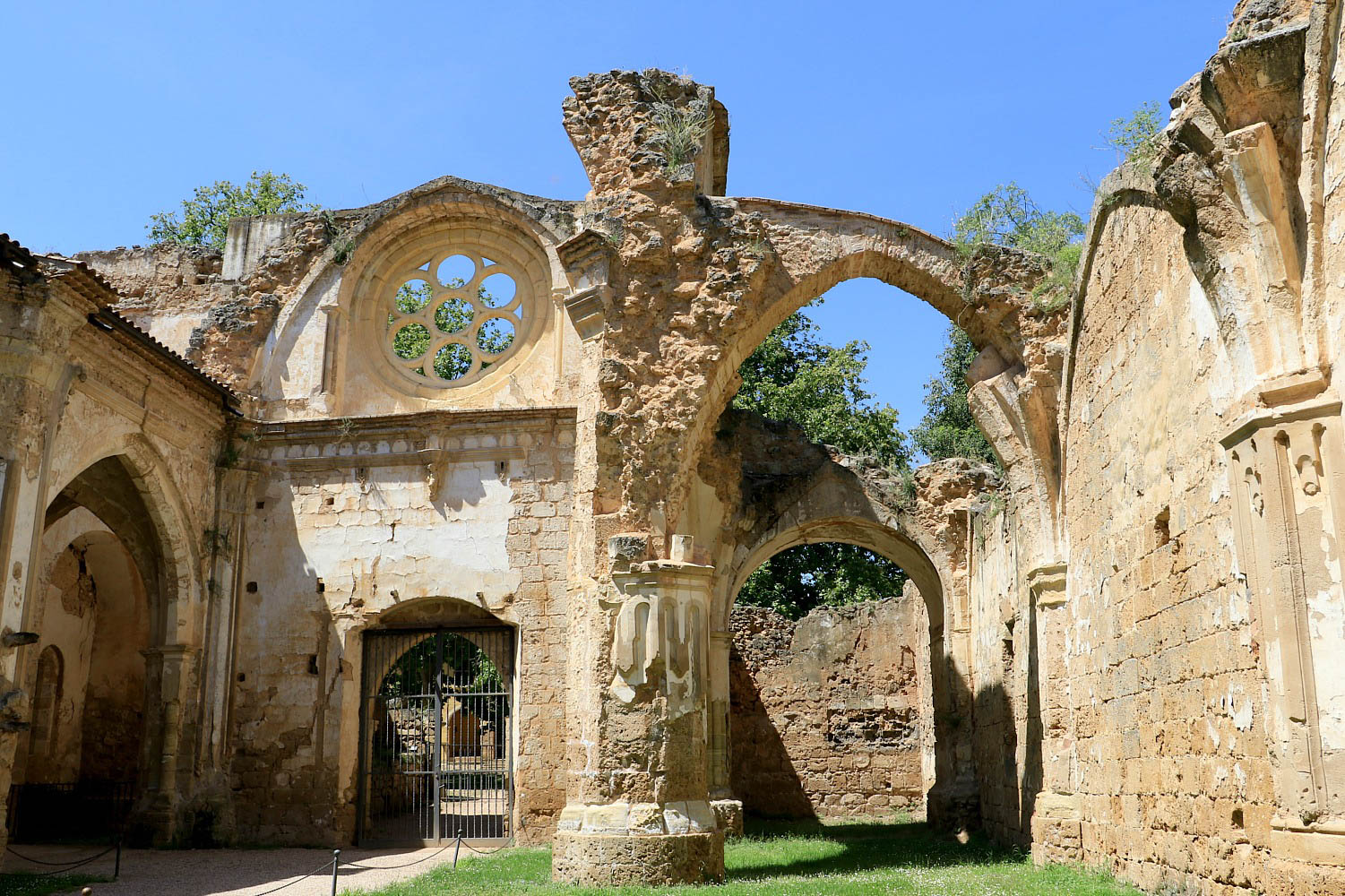
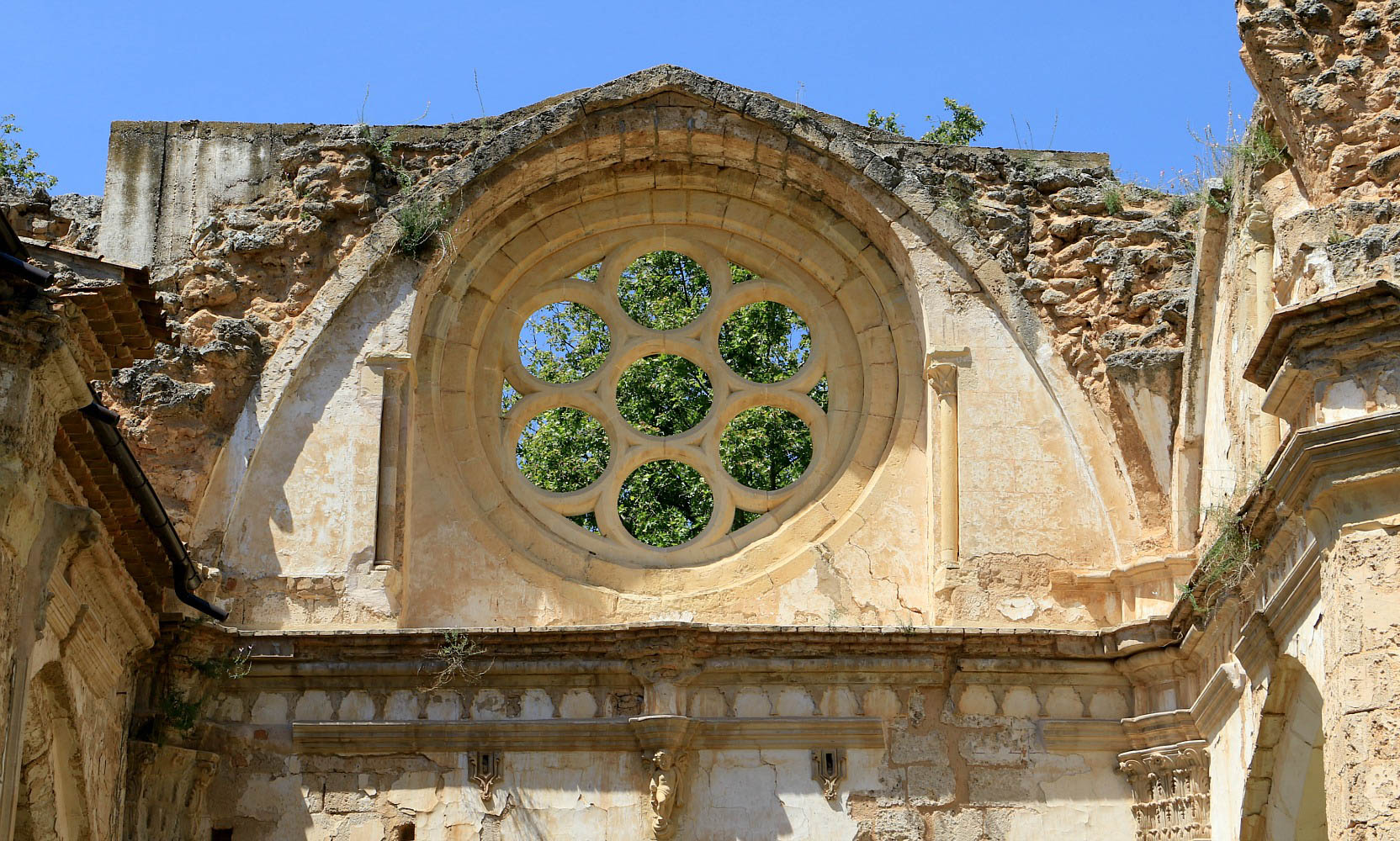
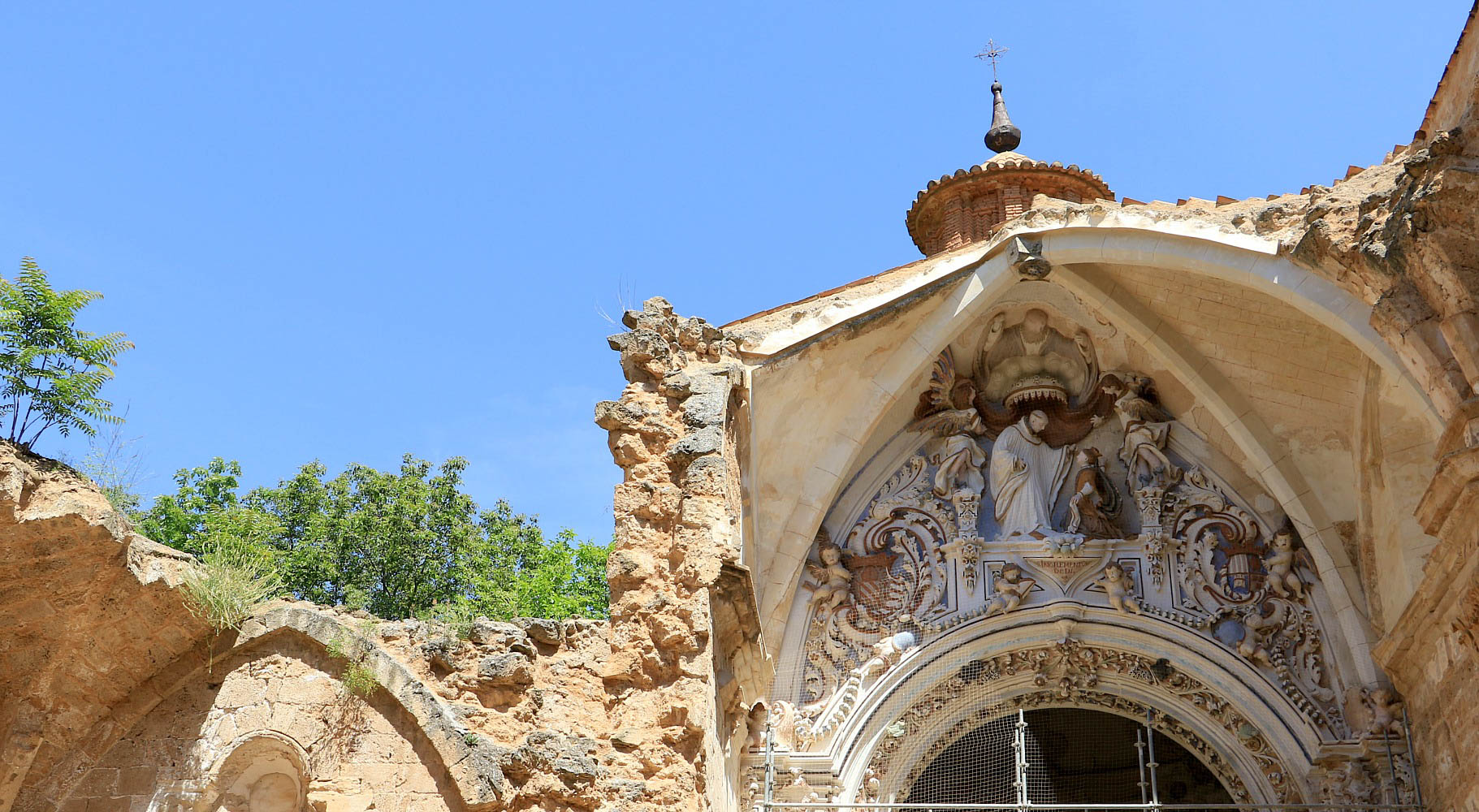
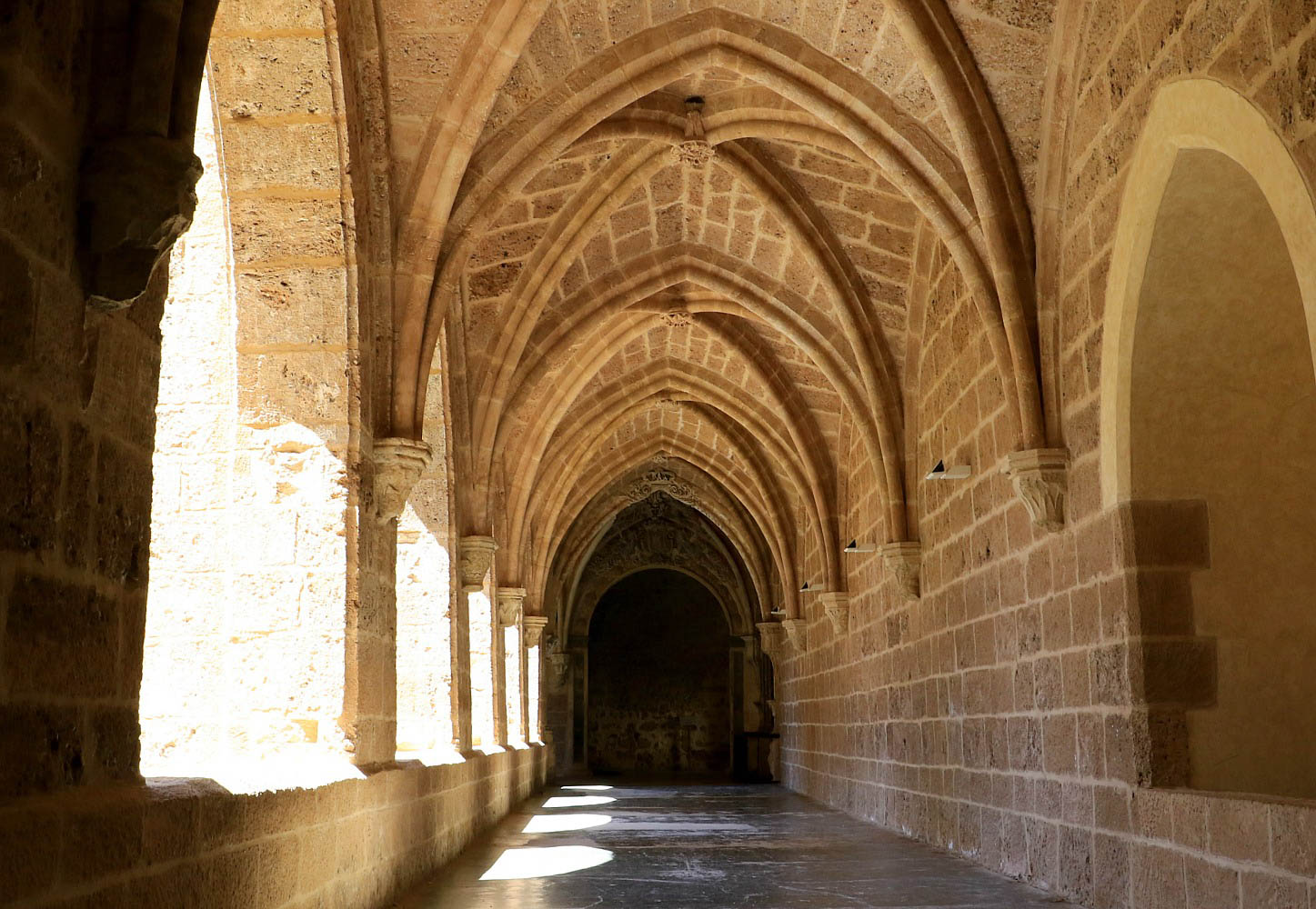
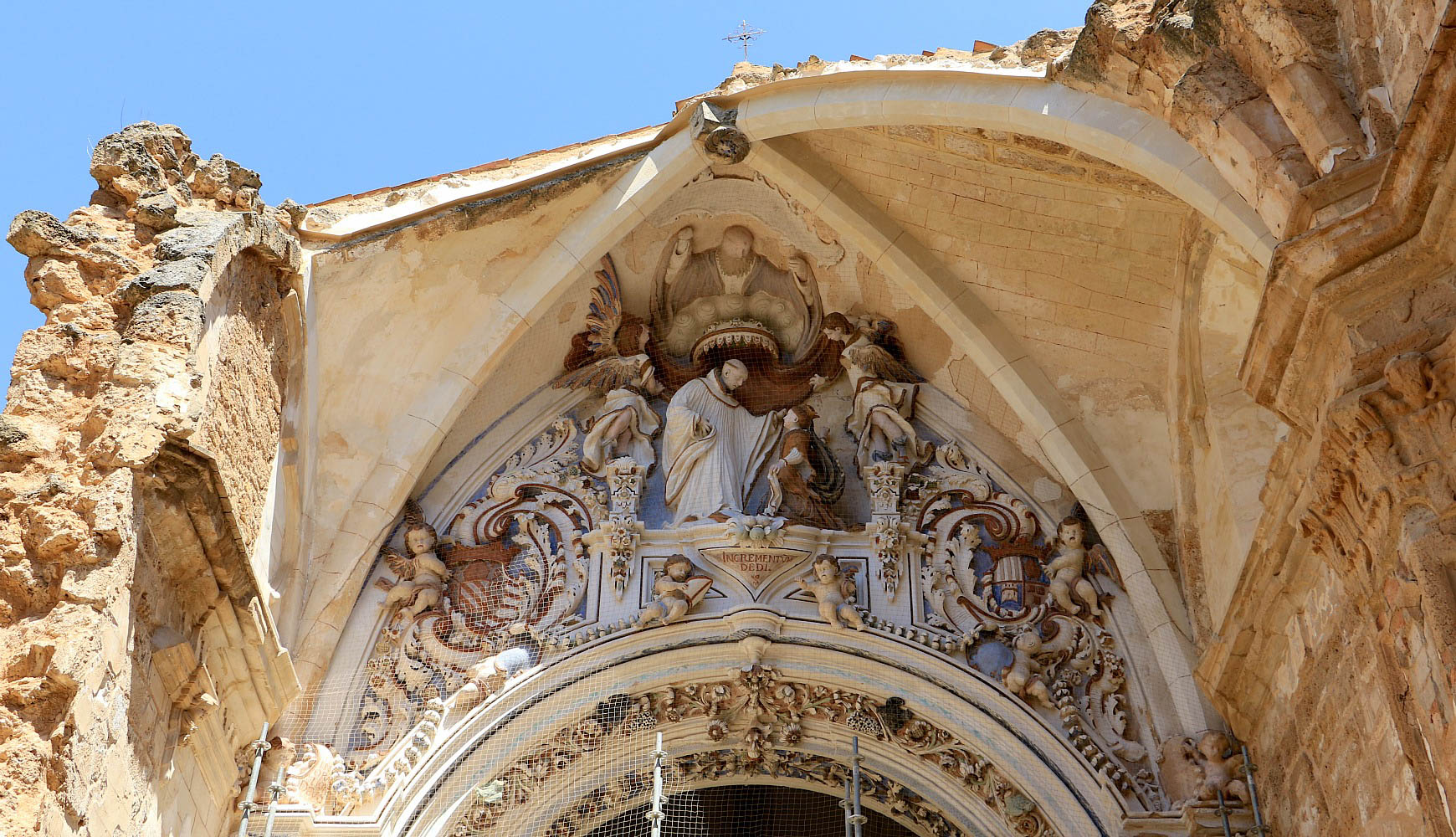
Monasterio de Piedra’s hotel is in the new cloister which was built in the 17th century. It is home to a 60 room hotel which is quite remarkable what with its high ceilings, wide staircases and beautiful hallways. We stayed at the hotel one evening which included the most fabulous feast for dinner. The hotel has restaurants, lounges to relax in and bars – not forgetting the spa and an outdoor pool.
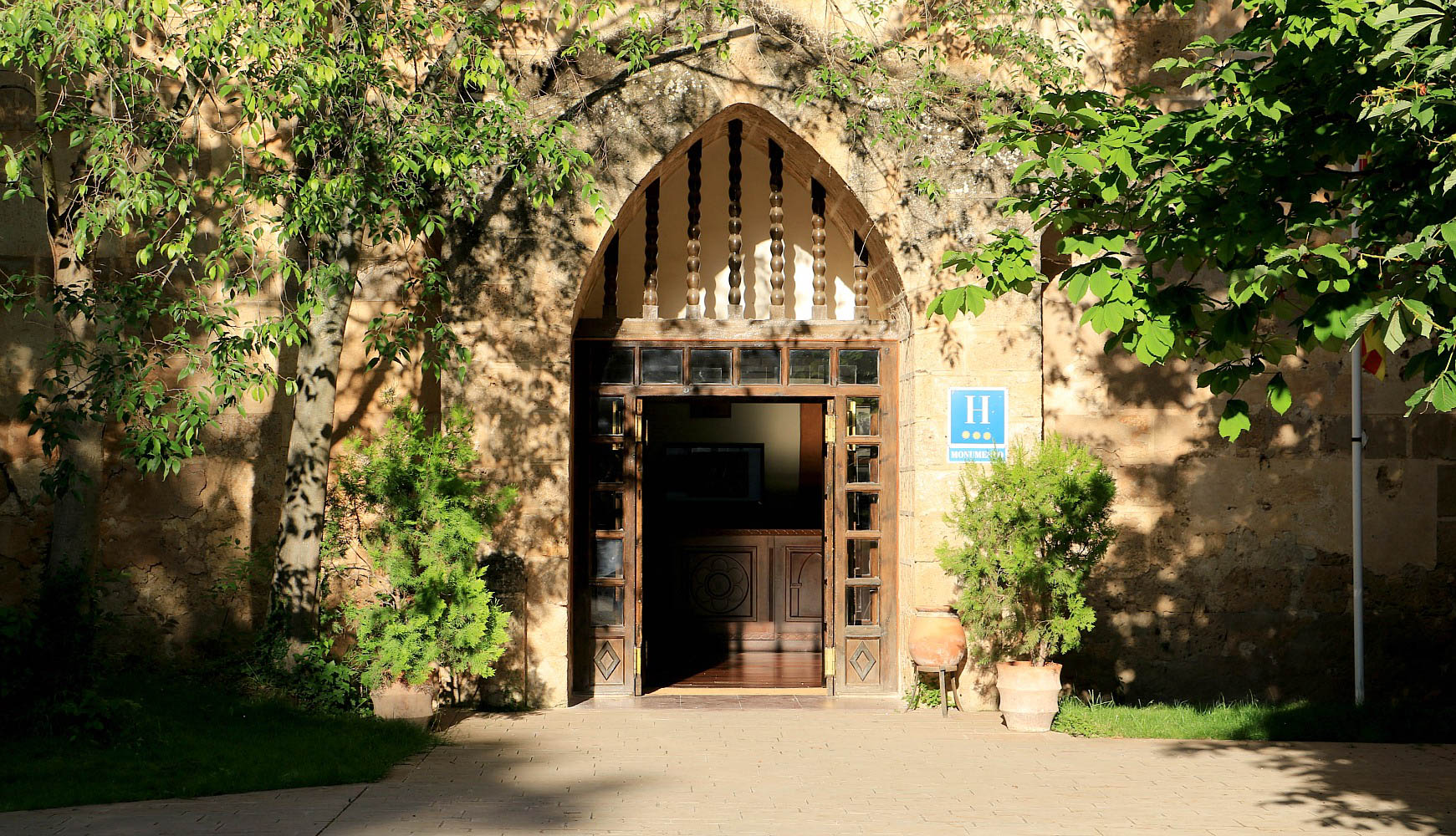
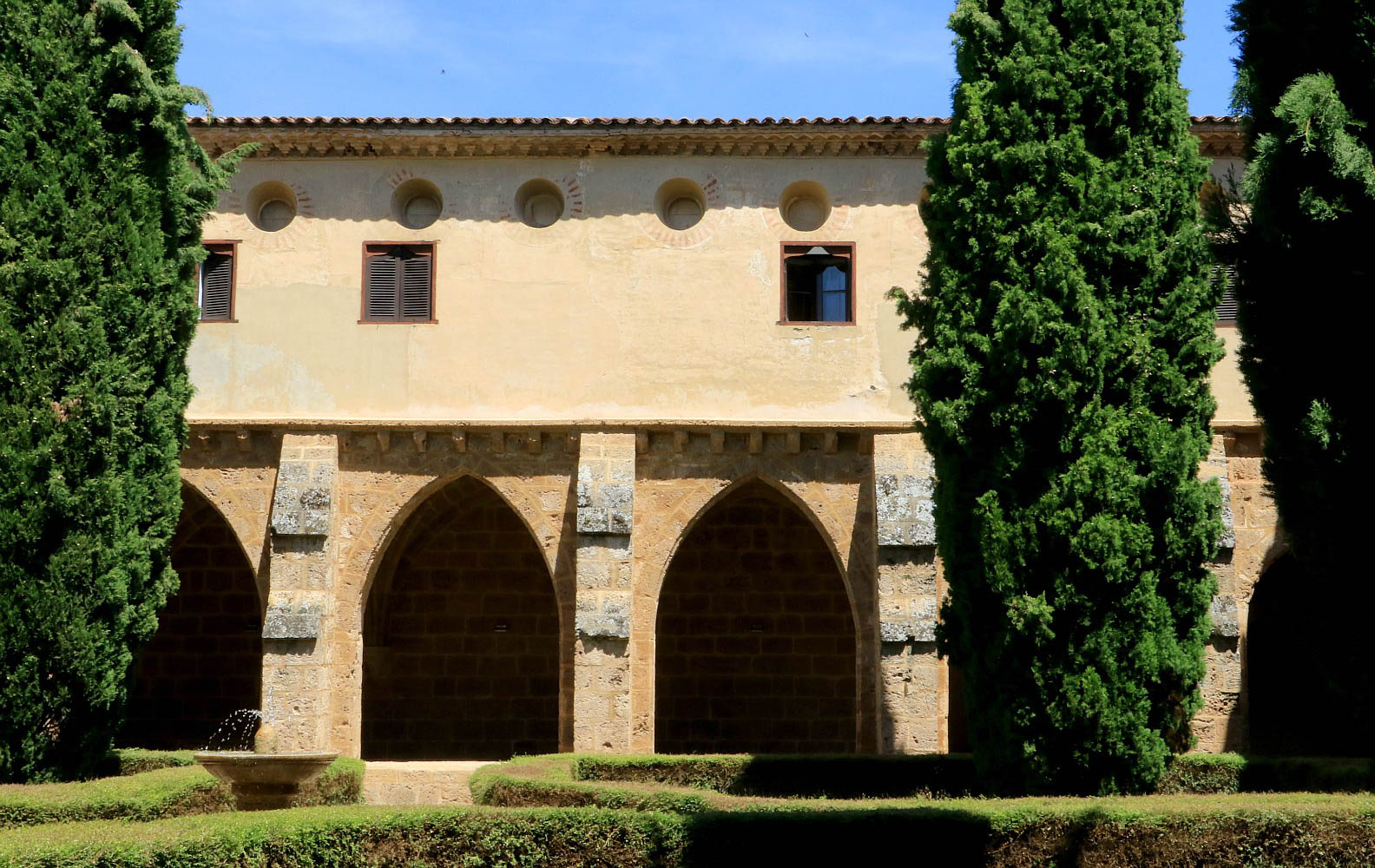
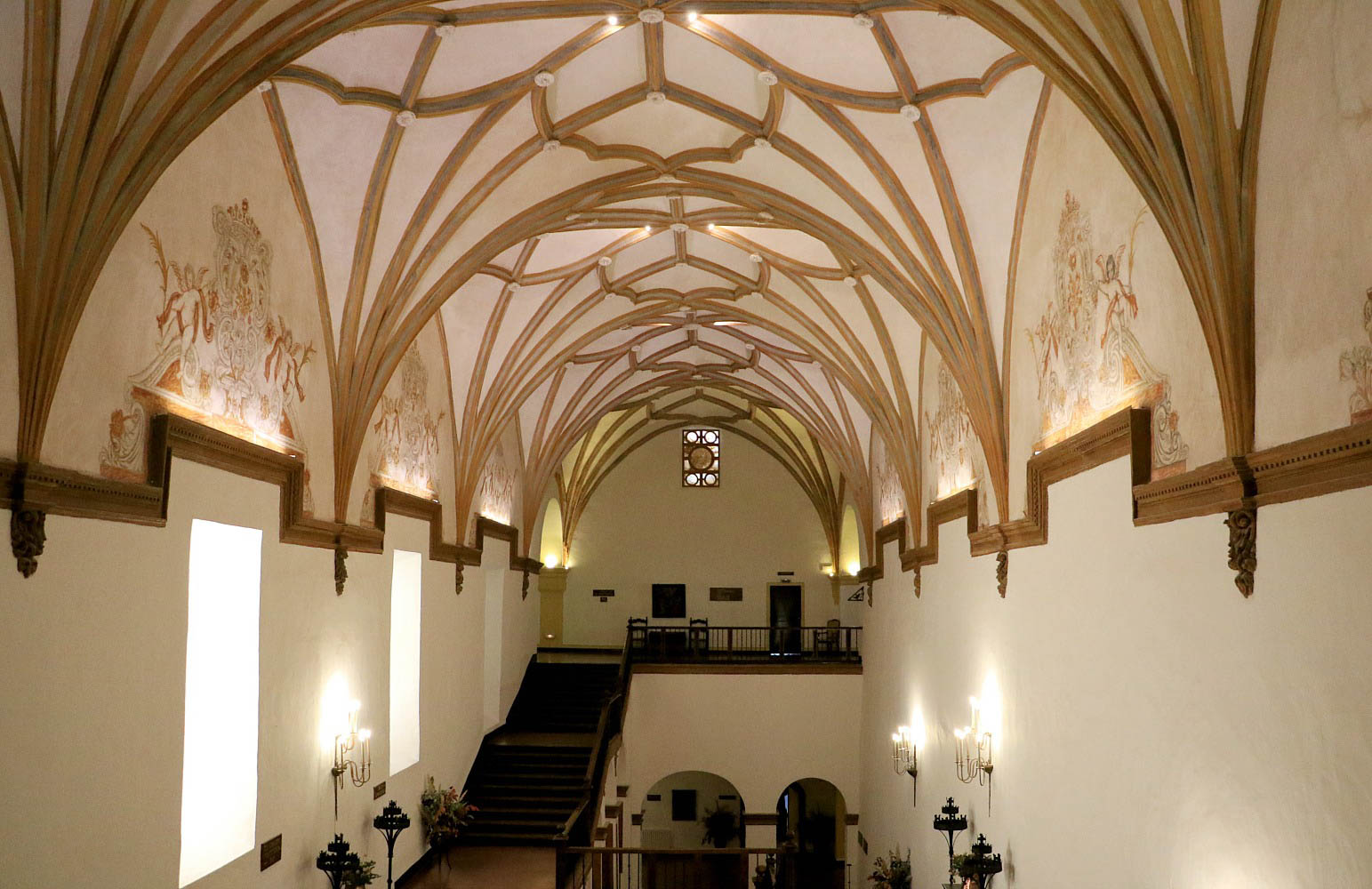
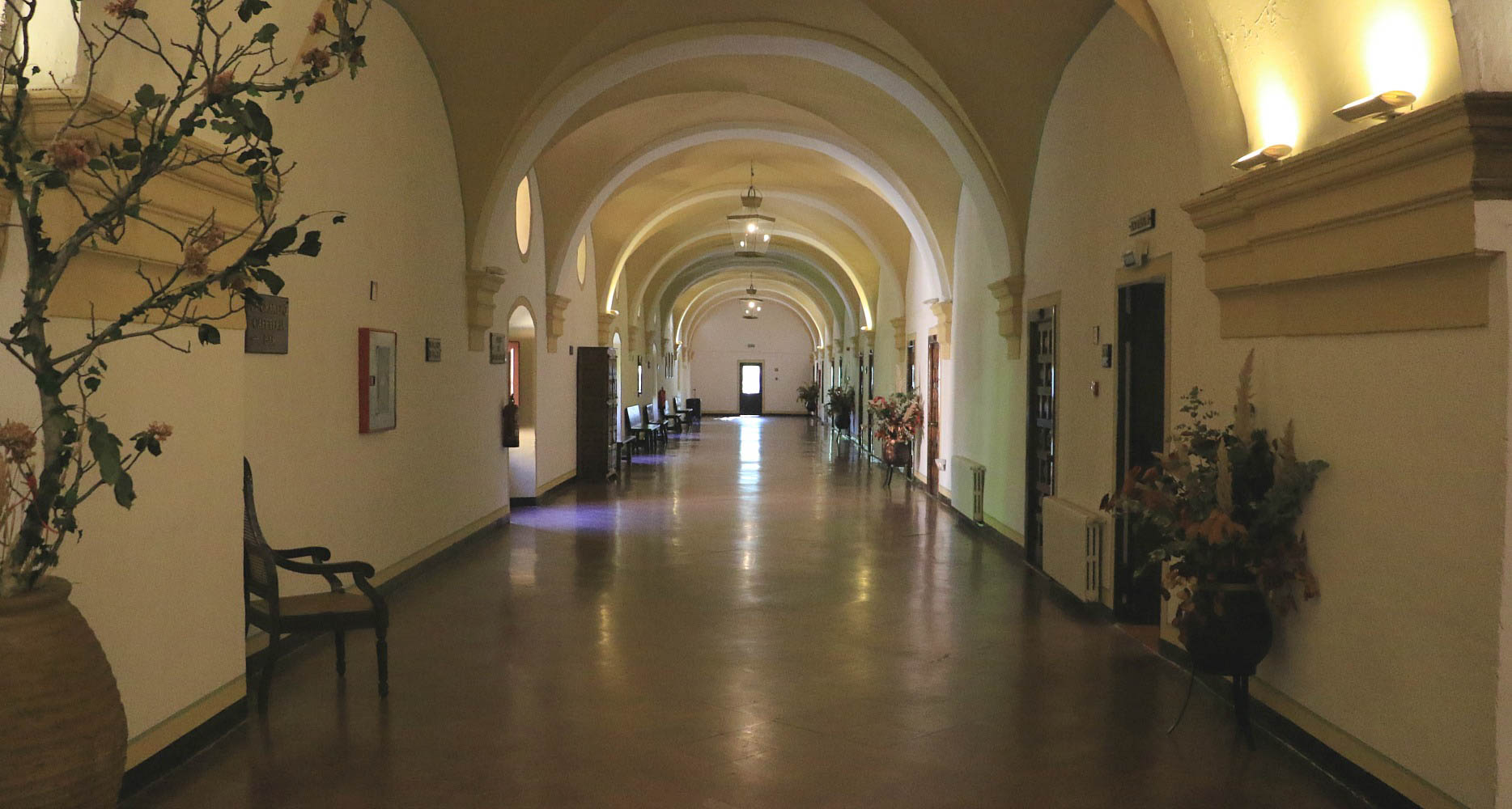
Monasterio de Piedra is widely known and its historic gardens are just heavenly. It’s an incredible landscape with winding paths, magnificent waterfalls, steams and hidden caves. Fed by the River Piedra, ancient trees provide the shade to what is a stunning destination with its varied flora and fauna. It’s somewhere that will, without a doubt, surprise you on every corner. It’s an absolute delight for the senses.
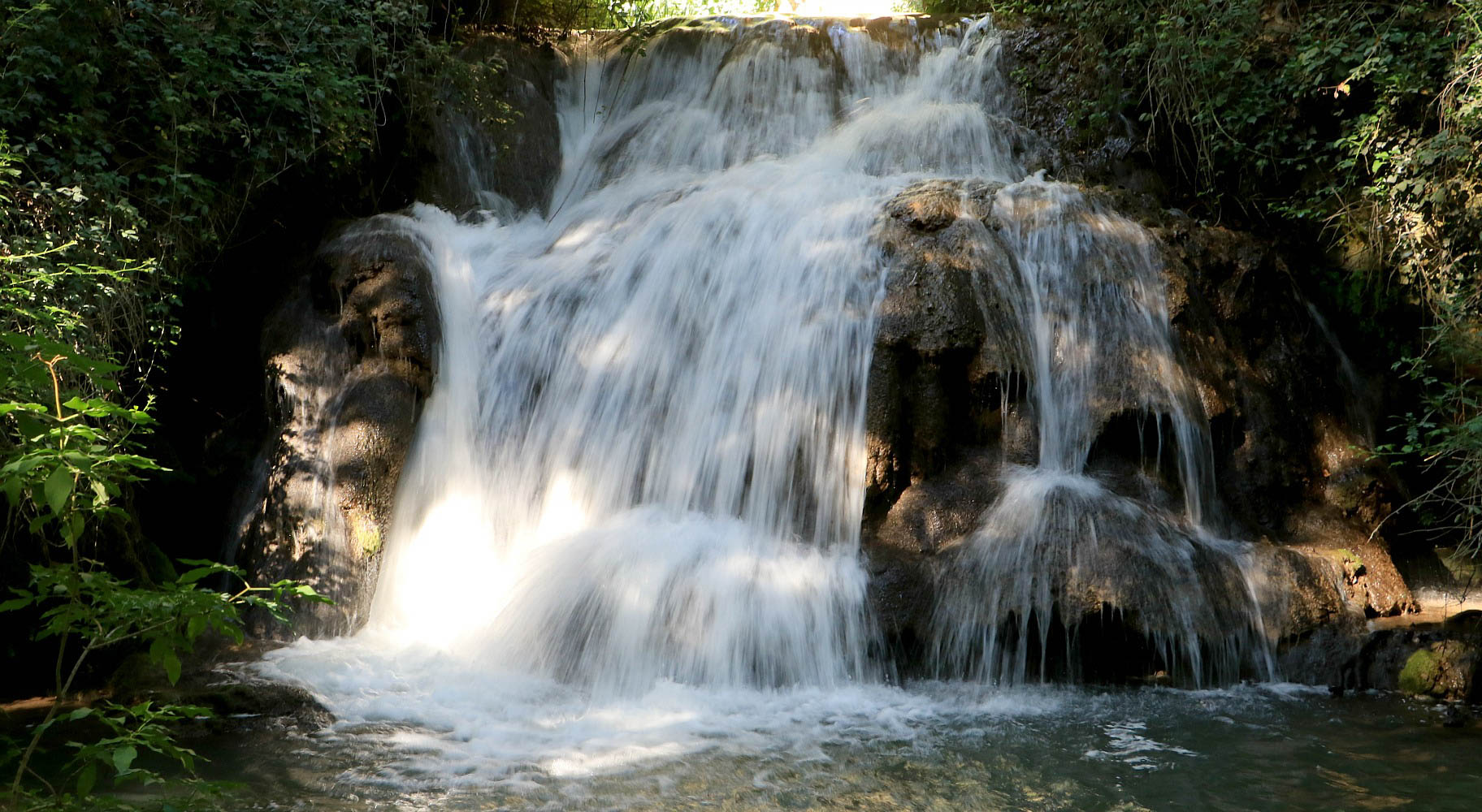
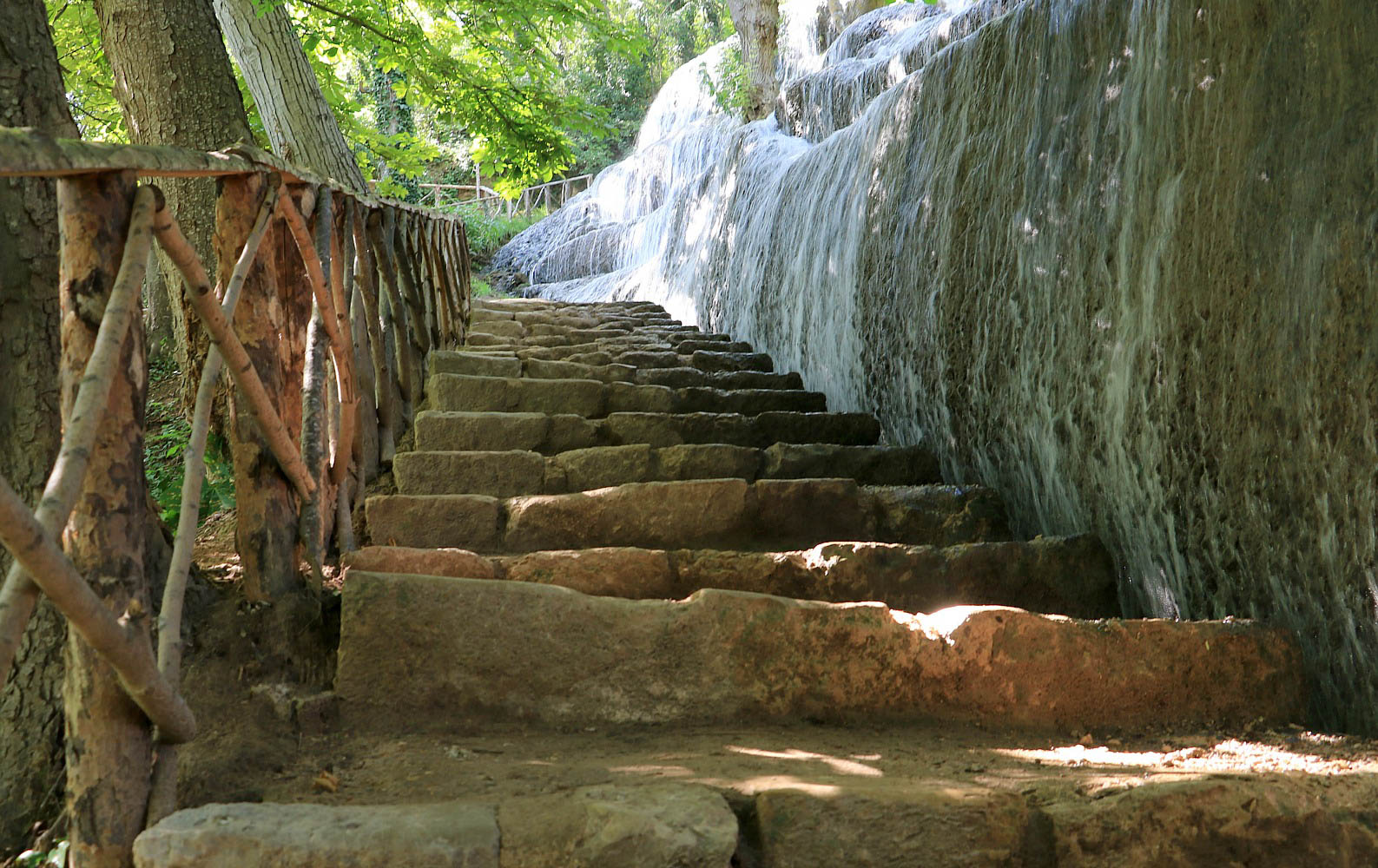
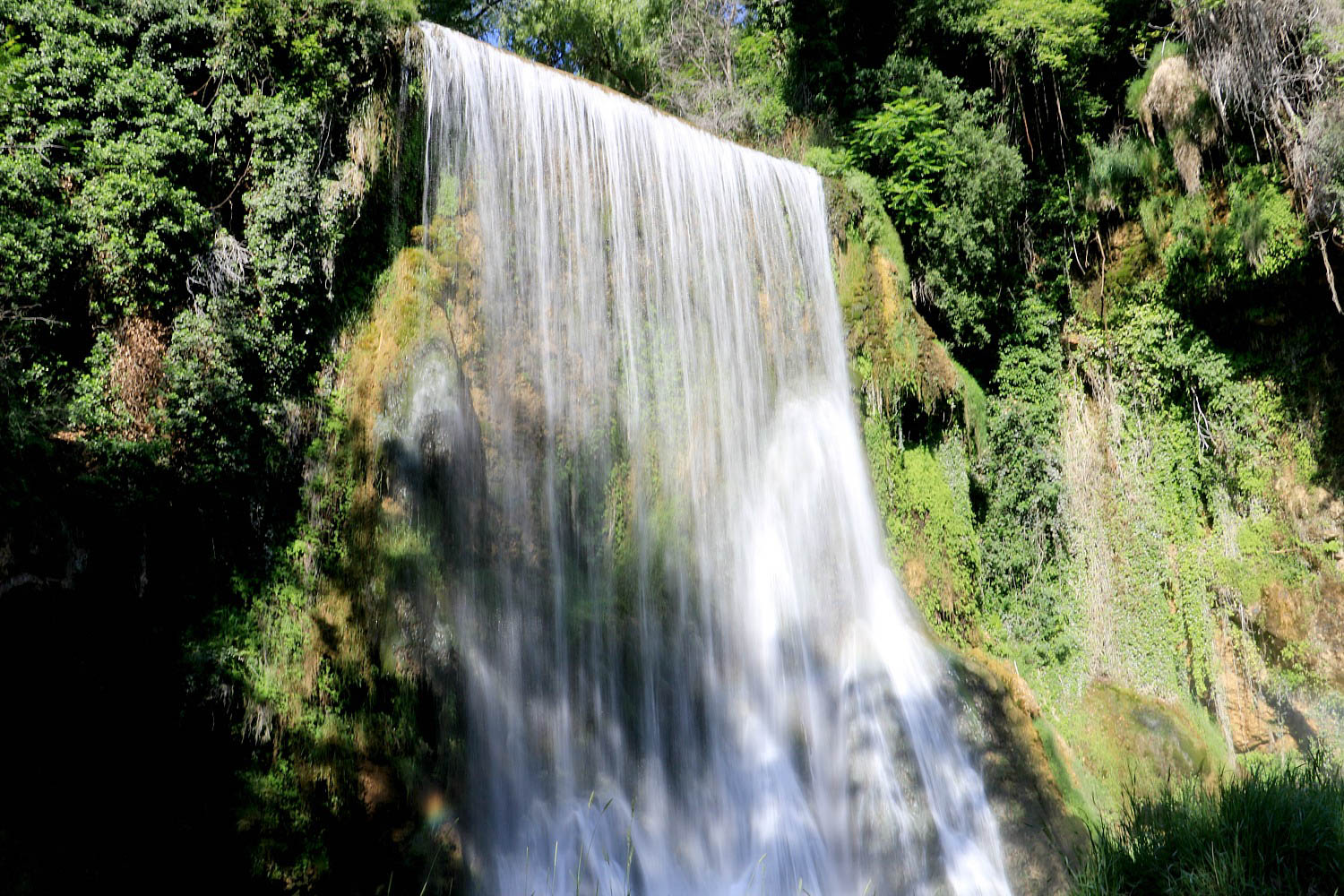
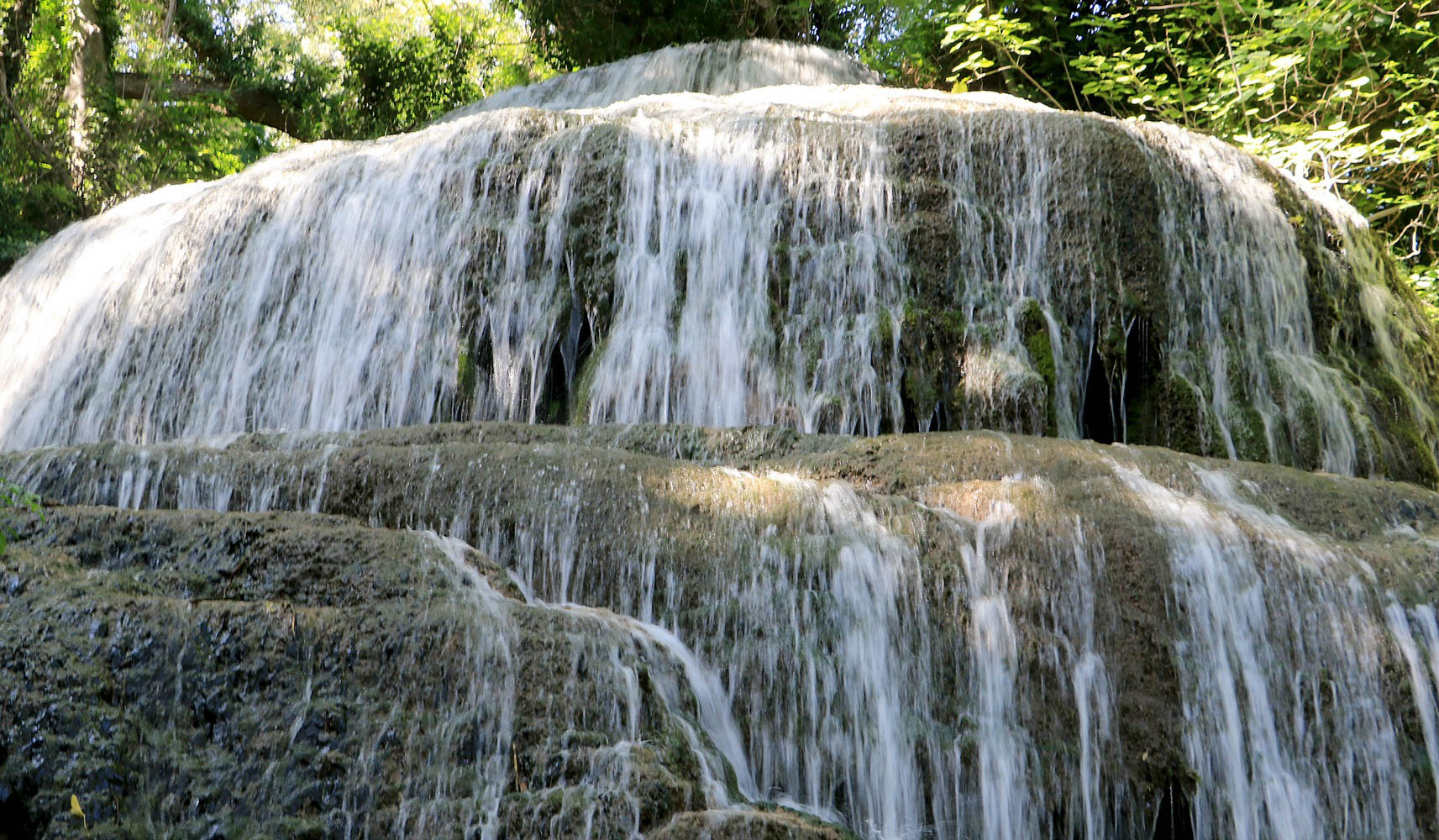
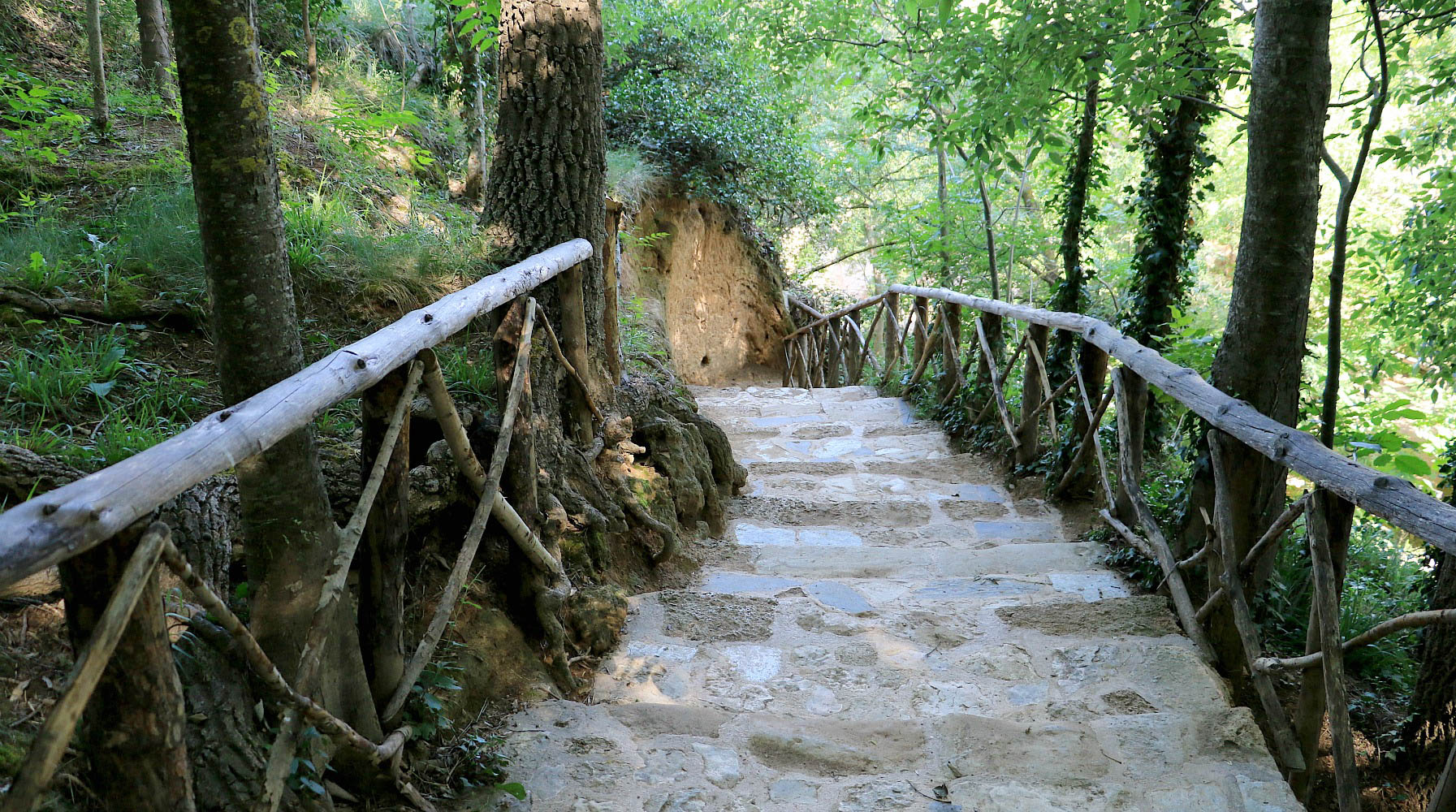
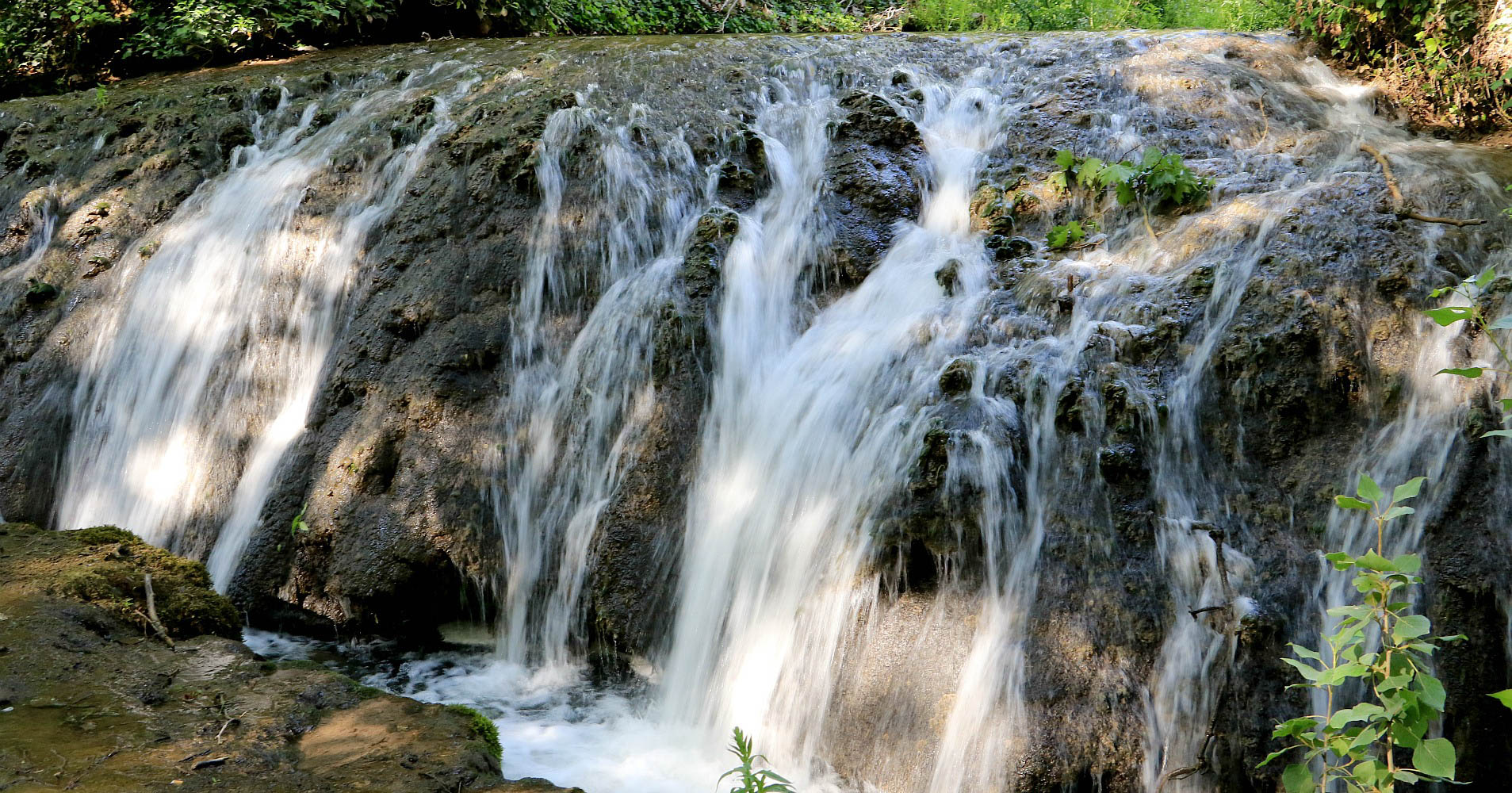
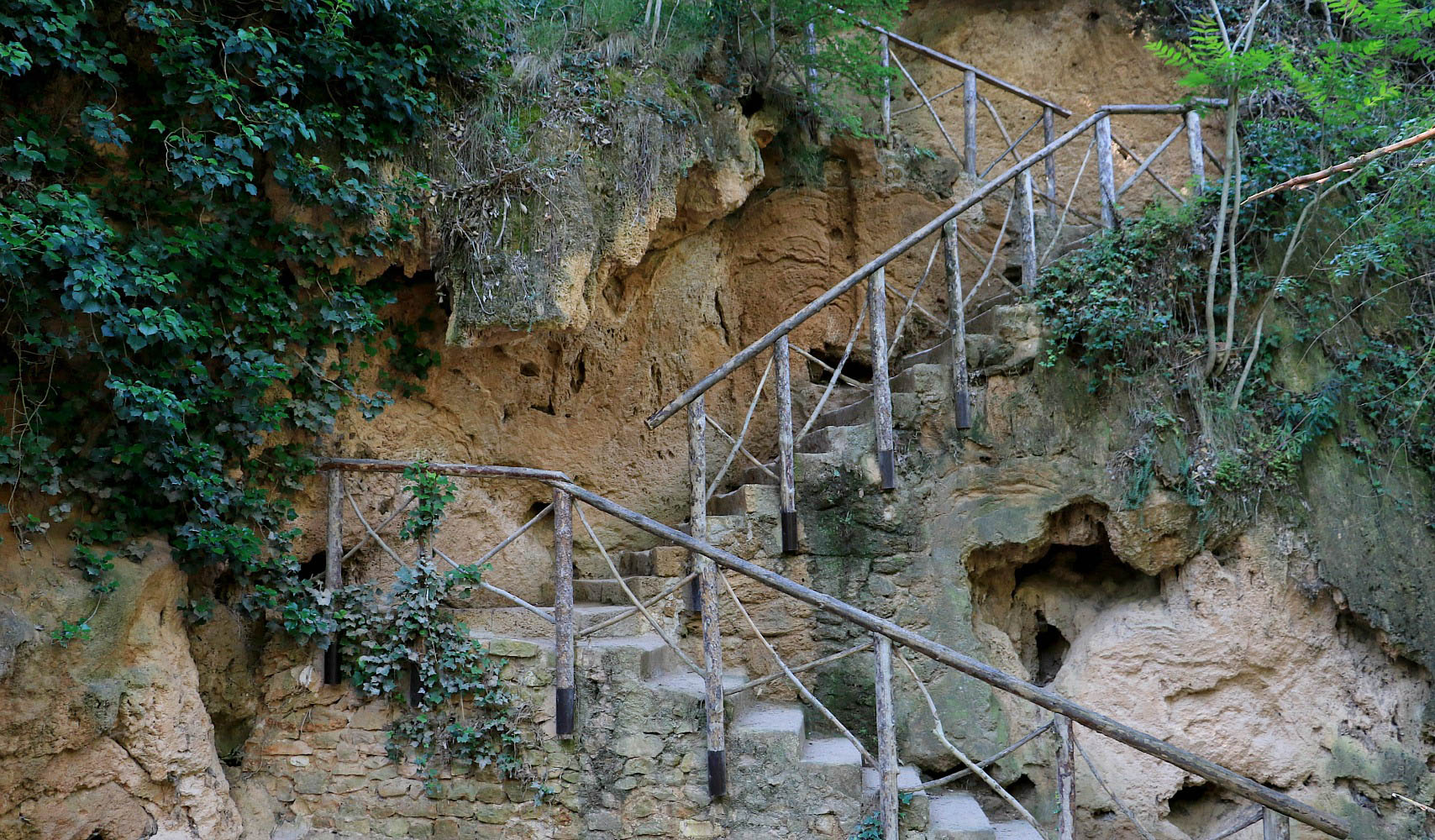
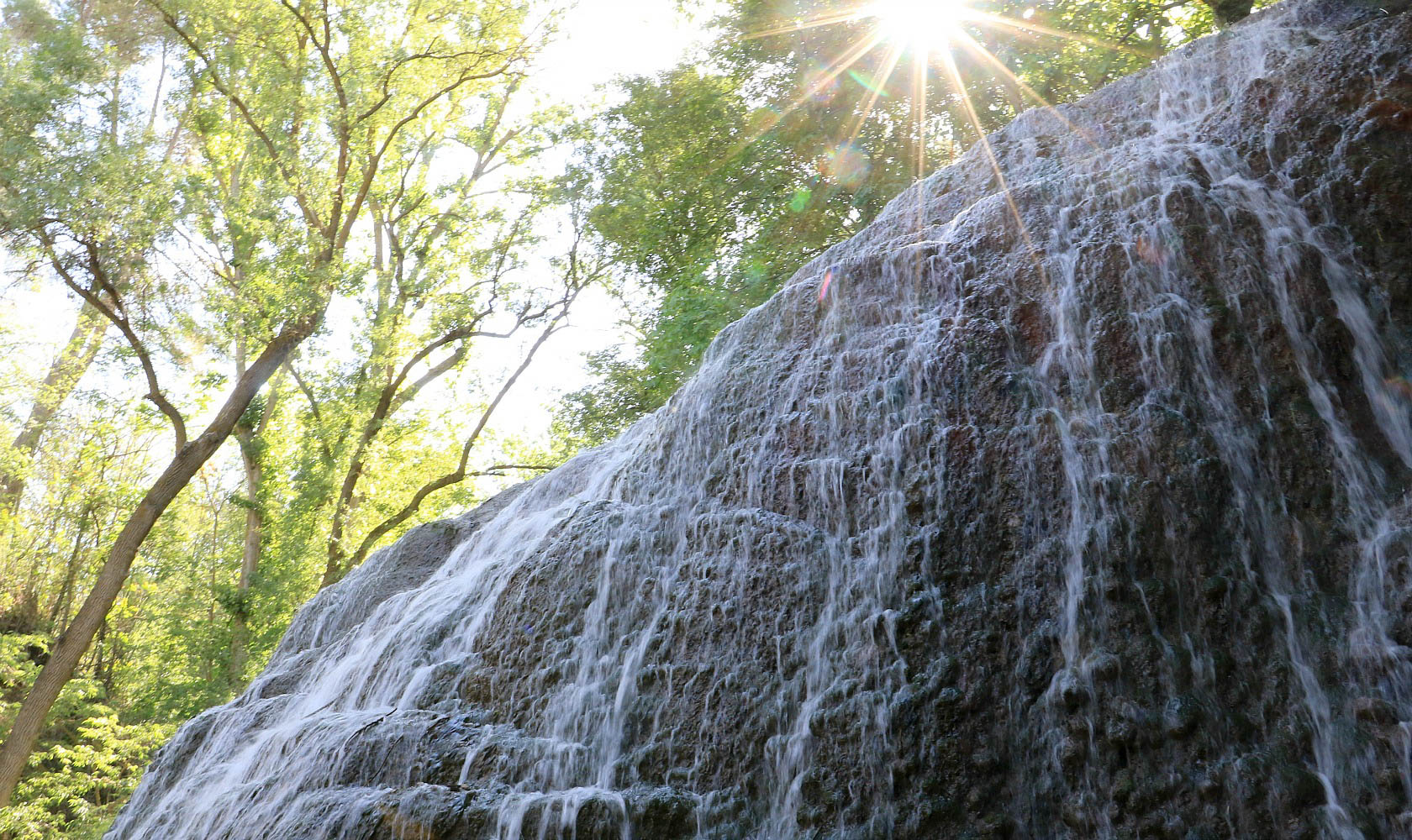
The impressive birds of prey performance takes place 2-3 times a day during peak season. The falconry experts showcased an array of different species while we were there including eagles, vultures, hawks and owls – many of which swooped just about our heads. Everyone got the opportunity afterwards to get a closer look at some of the smaller species.
If you’ve not visited the Aragon region of Spain yet, it’s certainly one for the travel bucket list. Have a look at this post to get a feel for what you can do as a family including the Planetarium, the most well-preserved castle in Europe, white water rafting and travel back 200 million years at Dinopolis.
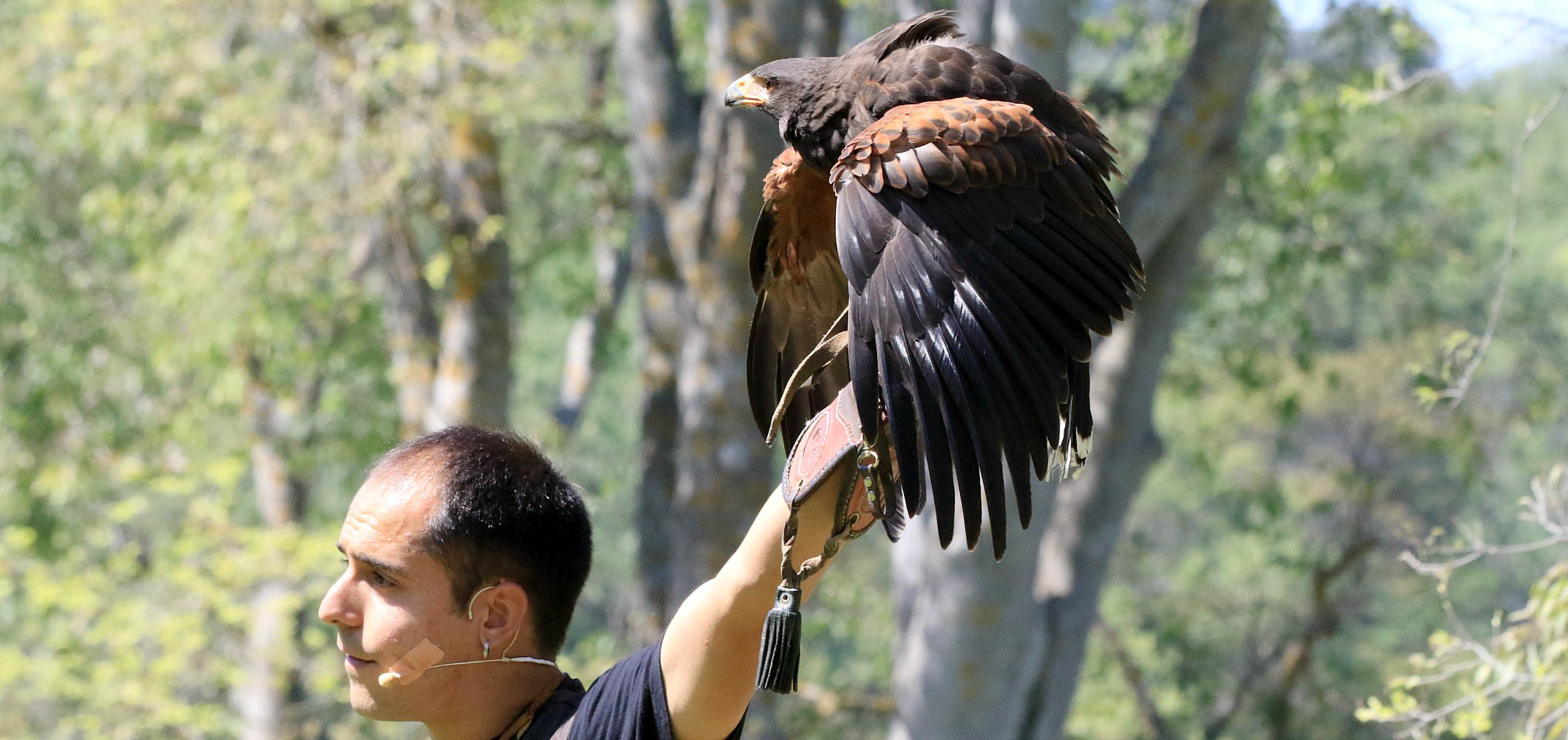
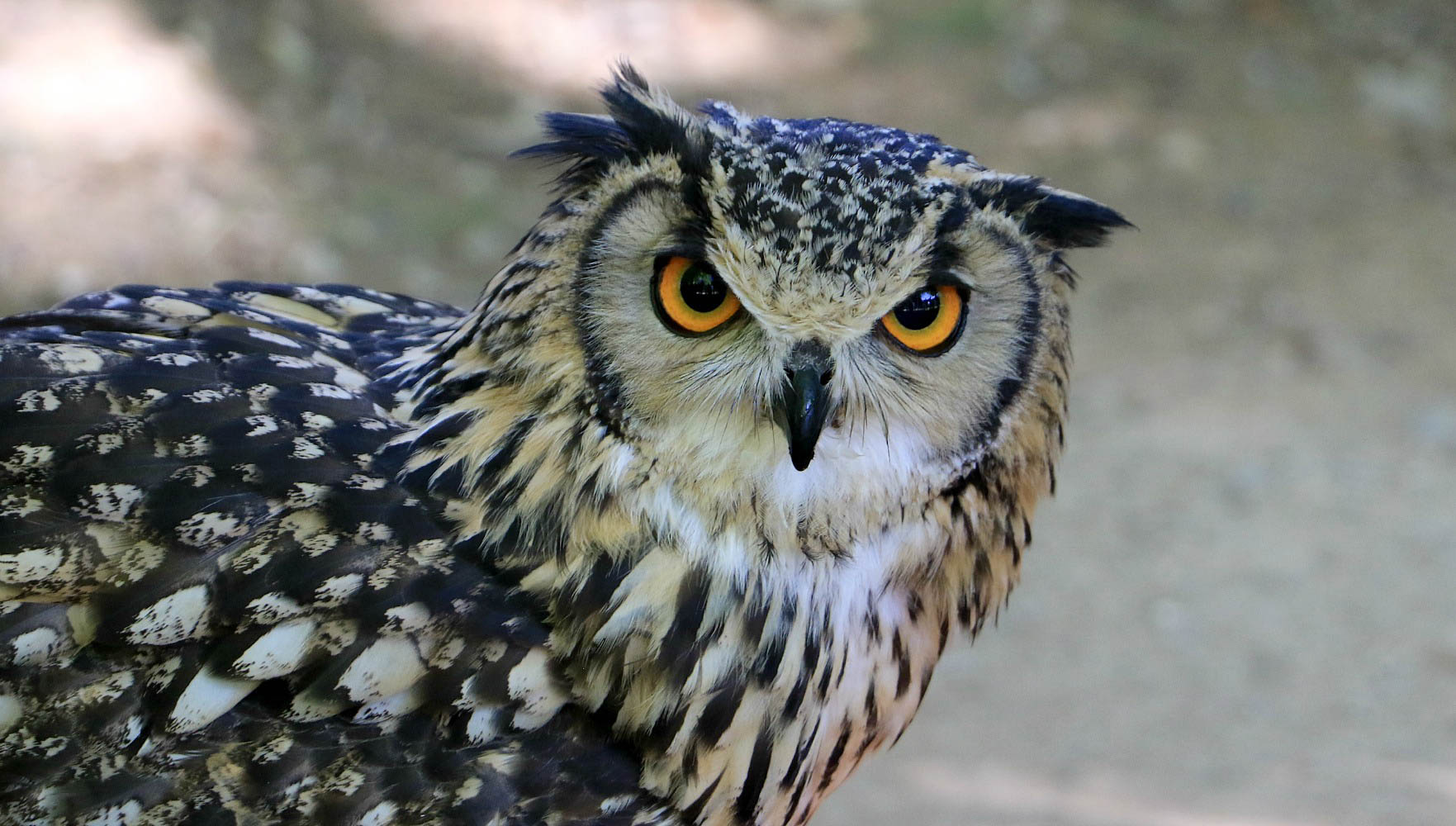
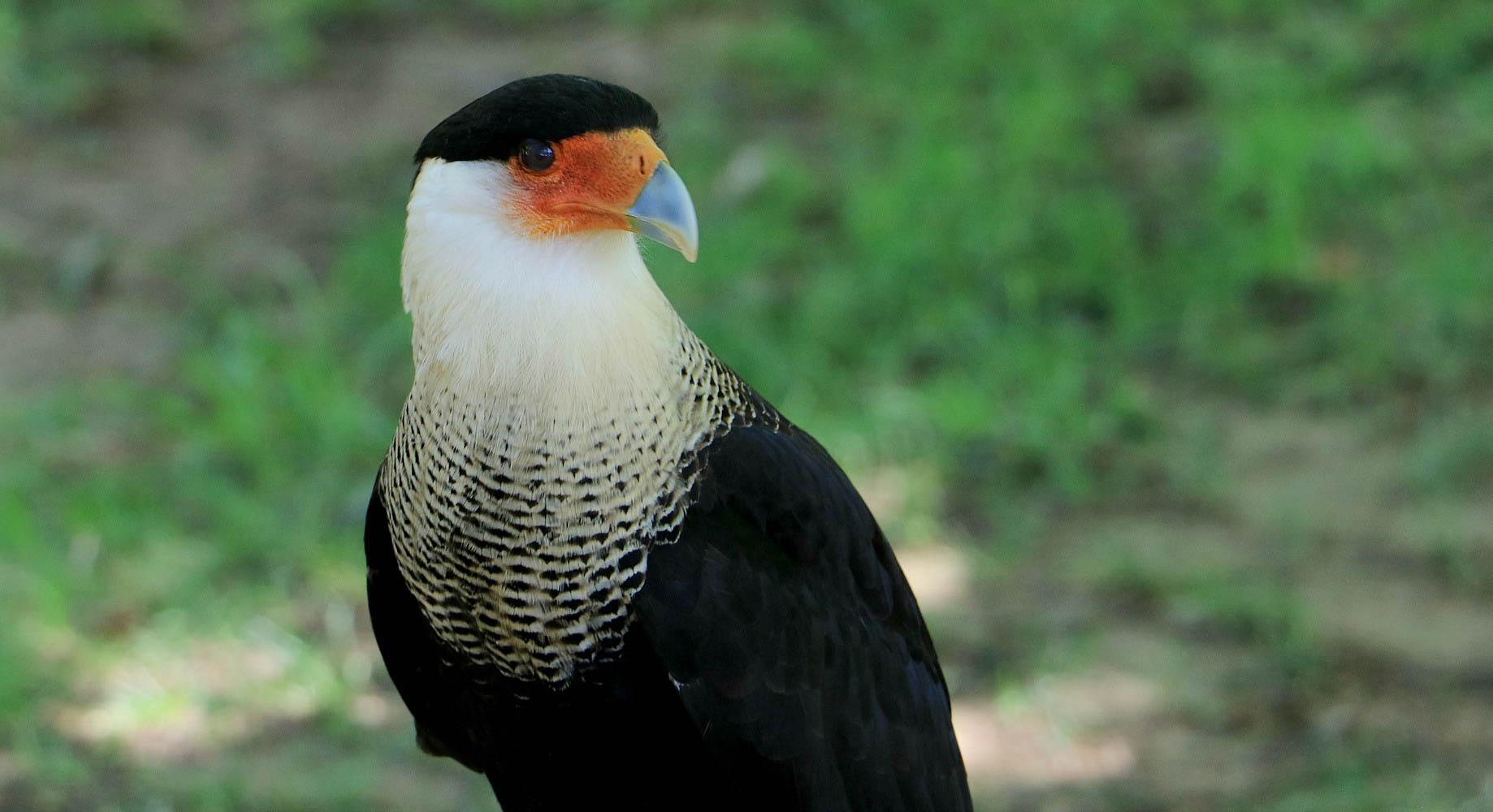
Disclaimer: This trip was organised by the Spanish Tourist Board (who covered the costs of flights, accommodation & meals) and BritMums. Opinions are as always our own.

